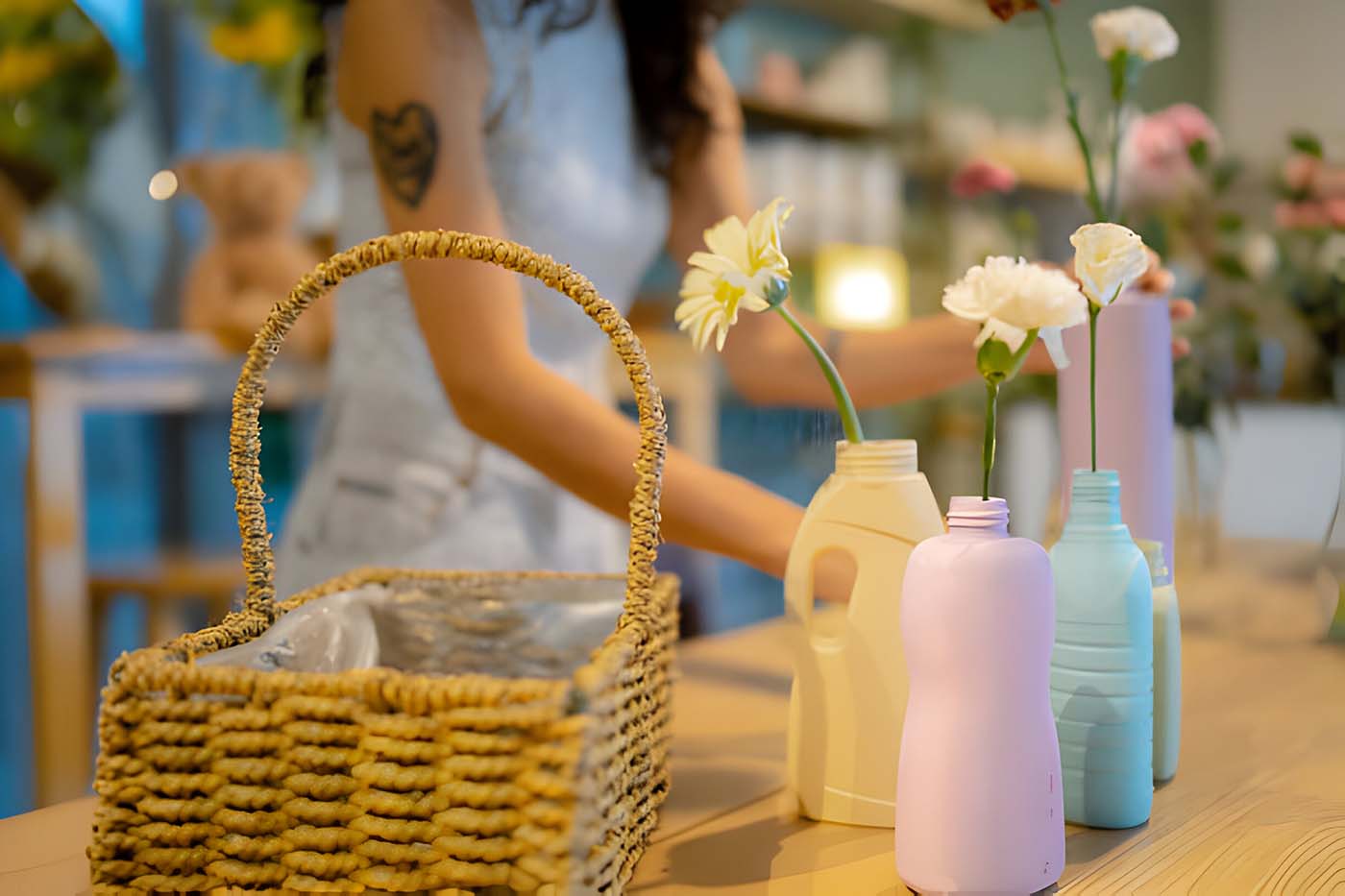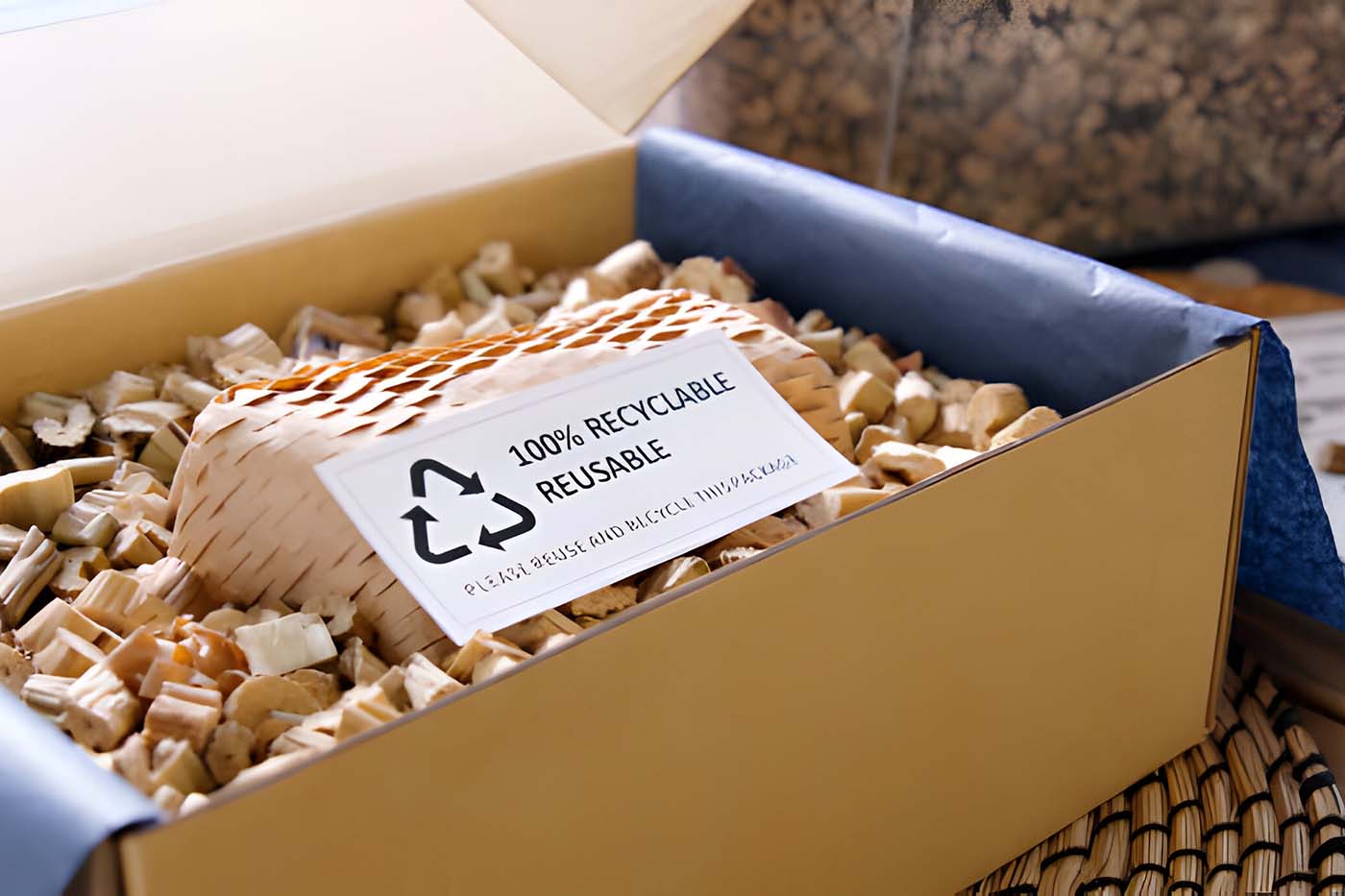The current landscape of design is heavily influenced by several critical factors, including the climate change crisis, unexpected weather events, and a growing awareness of the negative consequences of a throwaway culture. These factors have converged to elevate sustainability to a prominent role in contemporary design trends. Today, sustainability is not just a consideration but a driving force shaping how designers approach their craft.
Amidst this transformative landscape, the imperative to incorporate sustainability into design practices extends beyond aesthetics and ethics; it has also become a catalyst for reimagining traditional paradigms of functionality and innovation. Designers are not only addressing environmental concerns but also harnessing sustainable principles to create products and spaces that excel in both form and function. This synergy between sustainability and design innovation not only enhances the visual and tactile appeal of creations but also highlights the potential for harmonious coexistence between human needs and ecological imperatives.

Sustainable Interiors and Upcycling
One of the most noticeable shifts in the design industry is the emphasis on sustainable fit-outs for interiors. This movement is spearheaded by innovative designers and new brands entering the market. A significant departure from traditional materials such as formica and acrylic, this shift reflects a growing interest in upcycling and repurposing materials.
Designers are increasingly turning to reclaimed materials, like weathered wood, to create a unique and environmentally friendly aesthetic. This approach not only adds character to spaces like boutique coffee shops but also minimises the demand for new production, thereby reducing the carbon footprint associated with manufacturing.
Embracing Reclaimed Materials
The use of reclaimed materials is not merely a design choice; it represents a broader shift in consciousness towards responsible sourcing and sustainable practices. By opting for materials that have had a previous life, designers are making a statement about their commitment to reducing waste and conserving resources.
The appeal of reclaimed materials lies in their authenticity and history. Each piece of reclaimed wood, vintage metal, or repurposed textile tells a story, infusing spaces with a unique character that cannot be replicated by mass-produced, newly manufactured materials. Moreover, this approach aligns with the principles of the circular economy, where products are designed to be reused and recycled, reducing the overall environmental impact.
Sustainable Packaging Solutions
Beyond interior design, sustainability is making significant inroads into the realm of packaging. In an effort to reduce plastic waste, designers and manufacturers are increasingly turning to recycled materials. This shift can be observed in the prevalence of recycled paper bags in supermarkets and the rise of eco-friendly cardboard packaging.
These sustainable packaging solutions not only contribute to reducing plastic pollution but also introduce a rustic and visually appealing element to product presentation. Consumers are increasingly drawn to packaging that aligns with their eco-conscious values, and this trend is reshaping the packaging industry.

Eco-Friendly Packaging’s Visual Appeal
The visual transformation of sustainable packaging is more than a superficial change; it represents a fundamental shift in consumer perceptions and preferences. Matte finishes, vintage-style printing, and earthy colour palettes have begun to replace the glossy sheen of plastic.
This shift serves a dual purpose: it aligns packaging aesthetics with eco-conscious values while catching the eye of environmentally aware consumers. Eco-friendly packaging communicates a commitment to sustainability and a conscious effort to minimize environmental impact, creating a more positive brand image.
Redefining First Impressions
First impressions matter, and eco-friendly packaging plays a crucial role in shaping these initial perceptions. Instead of relying on token slogans and superficial eco-friendly claims on plastic wraps, designers are focusing on creating green packaging that is both purposeful and aesthetically pleasing.
By putting eco-friendly design at the forefront, brands are making a strong statement about their dedication to environmental responsibility. This approach resonates with consumers who are increasingly seeking products and brands that align with their values, particularly in the context of sustainability.
The Growing Impact of Eco-Friendly Design
Consumers today are more environmentally conscious than ever before. This heightened awareness extends beyond tangible products and encompasses a wide range of choices, from digital behaviours to the materials used in home decor.
For instance, everyday items like polyester clothing, once taken for granted, are now scrutinised for their carbon footprint and environmental impact. This heightened awareness is driving change across industries, pushing for eco-friendly brands with innovative design solutions.
Scaling Eco-Friendly Design
To truly make a difference, the adoption of eco-friendly materials and manufacturing processes must occur at scale. This entails streamlining production, reducing lead times, and making sustainable choices economically viable. The goal is to make eco-consciousness so mainstream that it becomes the default choice for brands, retailers, and consumers.
Everywhere you, the consumers are becoming increasingly aware of what they’re buying, using and experiencing in the world around us. Whether it’s the electricity consumed when you google “best online casino games” or the carbon footprint of the materials that decorate your home, we’re more aware of the impact on the planet than ever before. Even things as simple as polyester clothing that we all take for granted leaves a massive carbon footprint and has been found to be an abundant source of microplastics in water sources.
As sustainability gains momentum, it’s crucial to overcome logistical and economic challenges, making eco-friendly options more accessible and affordable. This shift will result in a more sustainable future, where environmentally responsible design is no longer a trendy alternative but the standard.
The Future of Design and Sustainability
Looking ahead, the design industry is poised for further innovation at the intersection of aesthetics and sustainability. Whether it’s small startups or global brands, the commitment to pushing the boundaries of eco-friendly design remains unwavering.
This ongoing evolution aims to create a deeper connection between beautiful design and meaningful shifts in our practices. The future promises a world where sustainable choices are not just a trend but an integral part of how we envision and create a better, more environmentally conscious tomorrow.








